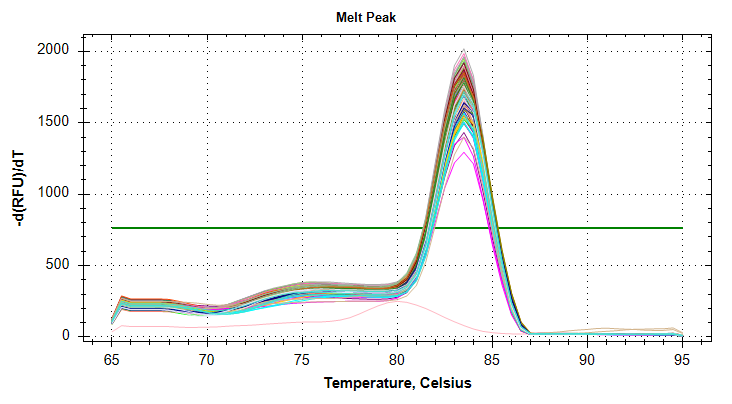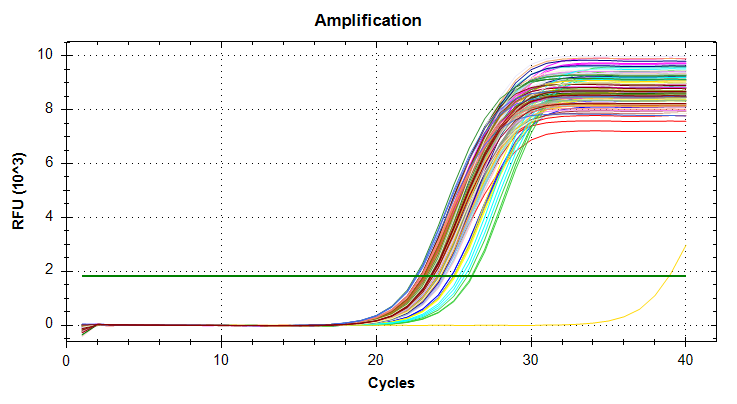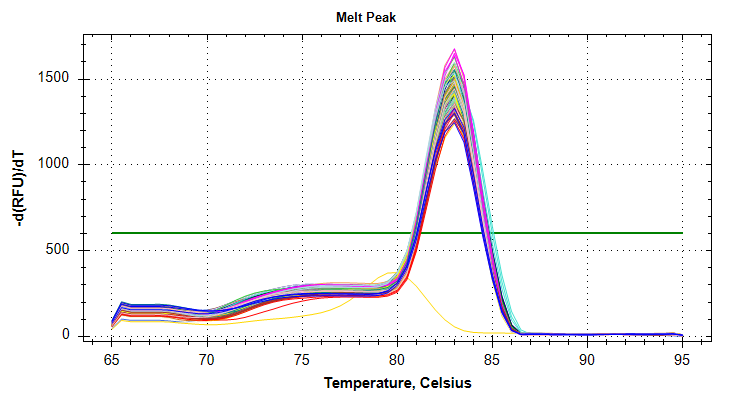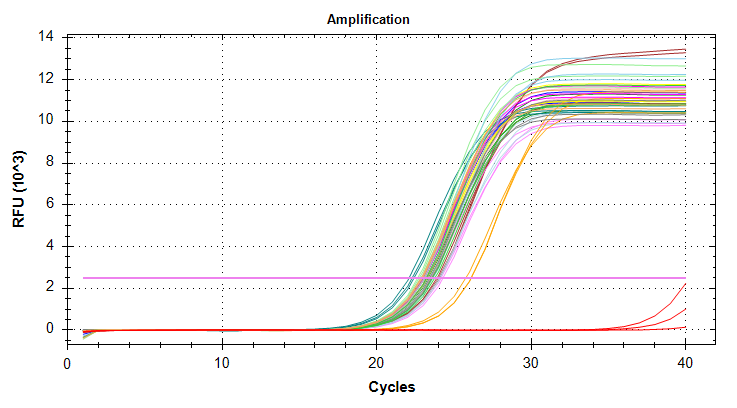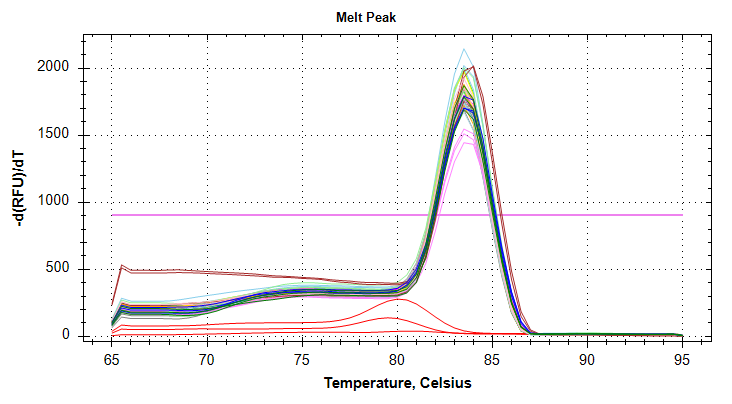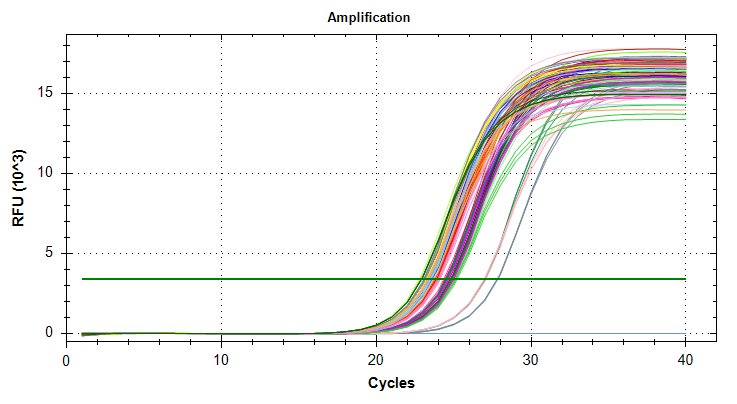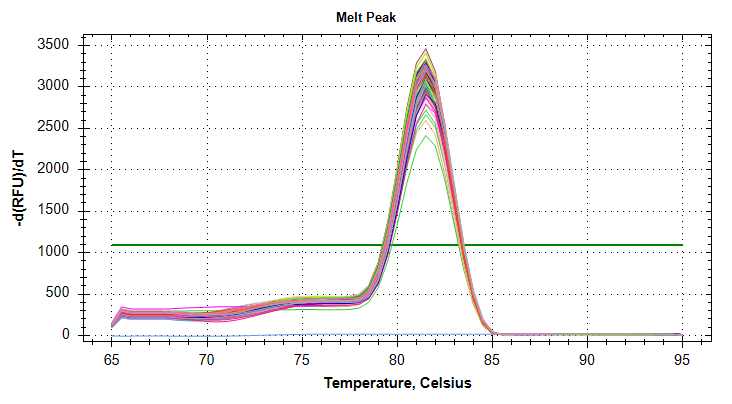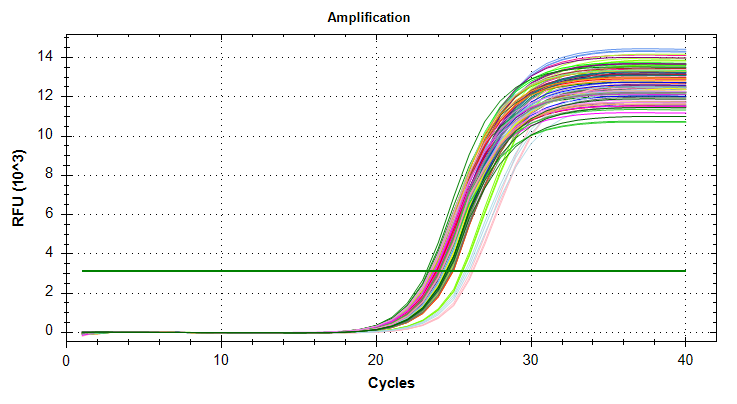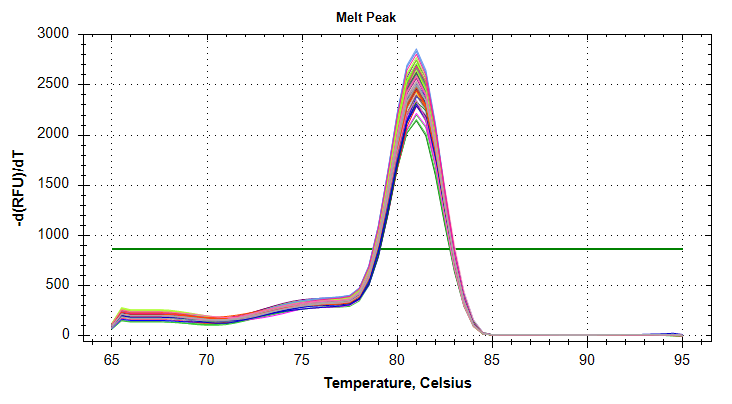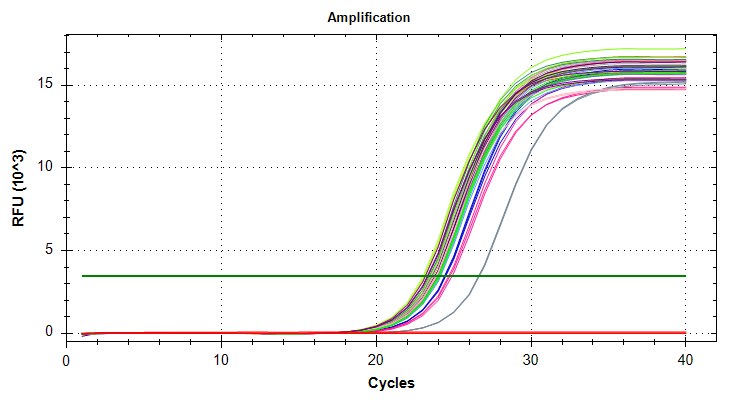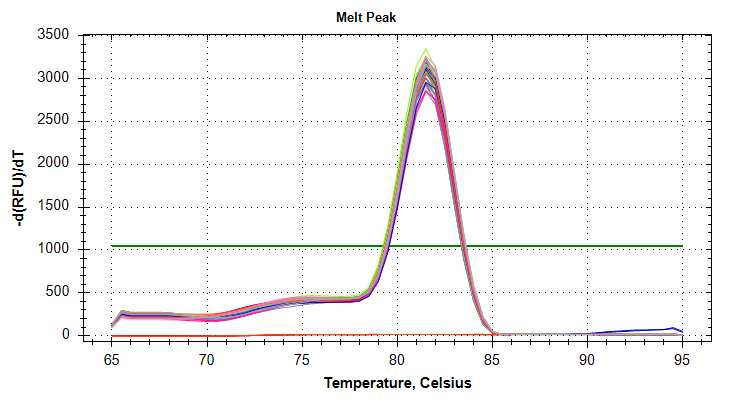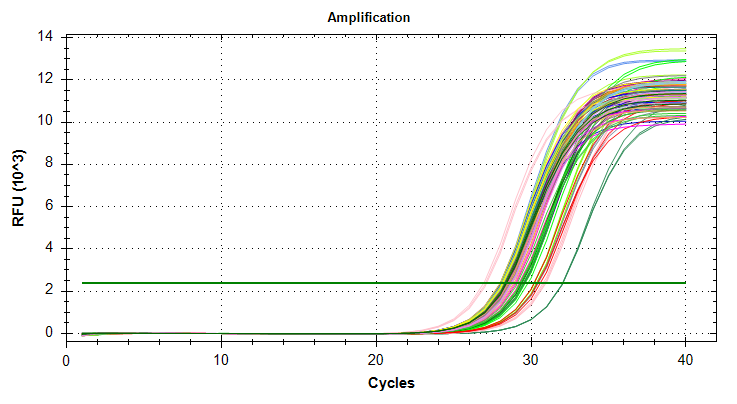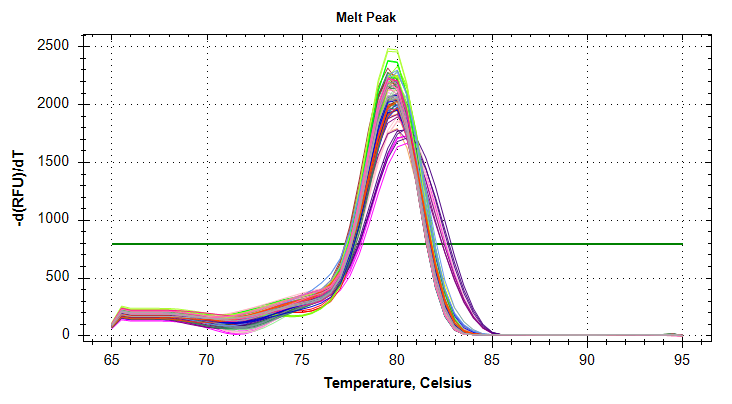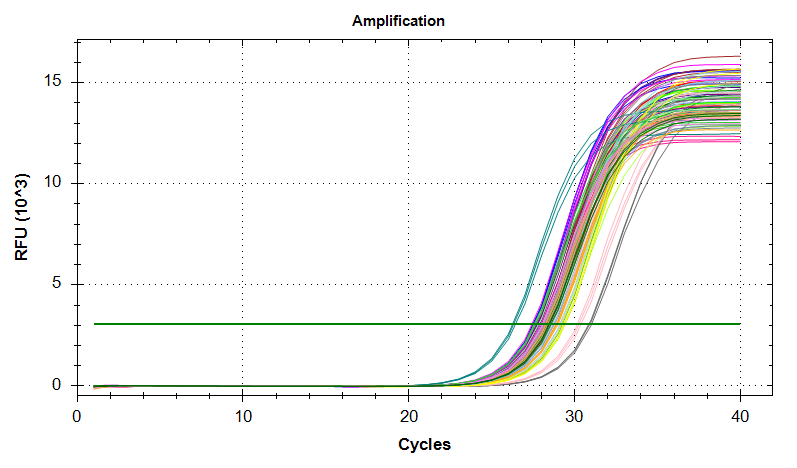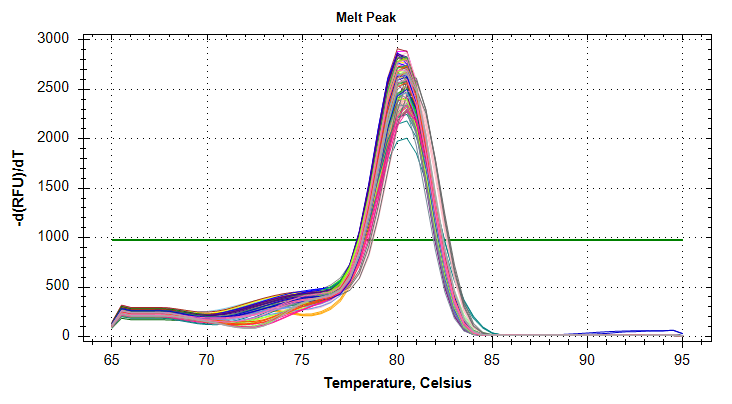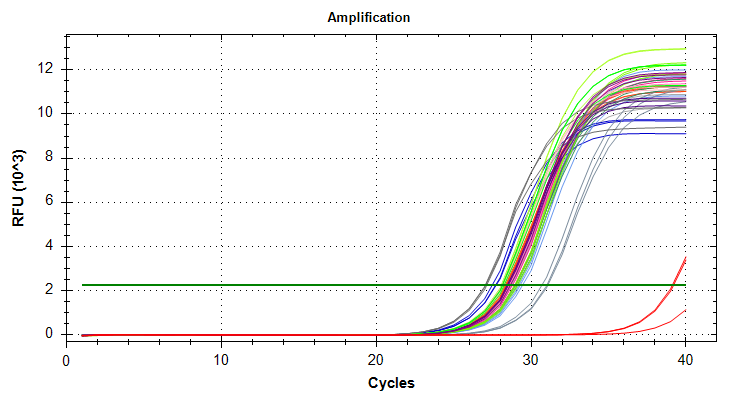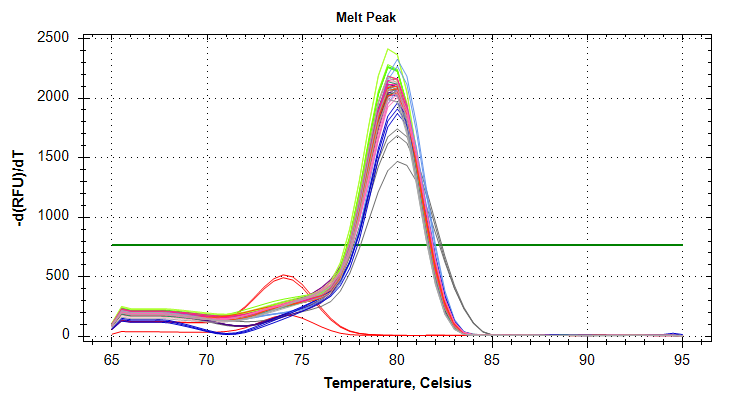INTRO
Continuing work with project-gigas-carryover lifestage_carryover (GitHub repo) after creating cDNA on 20241024, it was finally time to run the qPCRs.
This notebook describes how the qPCRs were run and links to the various output files. It also provides a brief overview of each primer set’s amplification profiles. This notebook does not have any analysis. This will be performed later.
MATERIALS & METHODS
Based on results from an initial round of qPCRs on 20240327 (Notebook entry), the following primer sets were selected:
| SR ID | Primer Name |
|---|---|
| 1385 | Cg_ATPsynthase_F |
| 1386 | Cg_ATPsynthase_R |
| 1172 | Cg_GAPDH_205_F |
| 1173 | Cg_GAPDH_355_R |
| 1827 | Cg_cGAS_F |
| 1826 | Cg_cGAS_R |
All samples were run in triplicate, on low-profile, white 96-well plates (USA Scientific) in a CFX Connect (Bio-Rad) or CFX96 (Bio-Rad) real-time thermalcycler. All reactions consisted of the following:
| Component | Stock Concentration | Volume (uL) |
|---|---|---|
| cDNA | NA | 1 |
| SsoAdvanced Universal SYBR Green Supermix (BioRad) | 2x | 10 |
| PF | 10uM | 0.5 |
| PR | 10uM | 0.5 |
| H2O | NA | 8 |
| TOTAL | 20 |
Master mixes were distributed across 2.5 plates for each primer set. No template controls (NTC) were loaded on on just one of the three plates (plate #3 in all instances).
For cycling parameters, plate layouts, etc. see the RESULTS section below.
RESULTS
Summary
GAPDH: Based on previous qPCR results in the project (Notebook entry), this is intended to serve as the normalizing gene in this experiment. Amplification and melt plots look fine. Late amplification in NTCs, but melt temp peak is noticeably lower than other amplicons. As such, this is not concerning. Technical reps look good.
Despite the apparent wide spread in Cq values, it should be noted that there are differences in the amount of RNA used to make cDNA, which could easily lead to such results.
ATP Synthase: Amplification and melt plots look good. No amplification in NTCs. Reps are tight.cGAS: Amplification and melt plots look good. Late amplification in NTCs, but melt temp peak is ~2oC lower than other amplicons… Might be some non-specific amplification? Reps are tight.
Files
*.pdf: qPCR Reports. Contains plate layouts, cycling params, amp/melt plots, etc.*Amplification-Results_SYBR.csv: Raw fluorescence data.*Cq-Results.csv: Cycle quantity (Cq) data.*.pcrd: Source qPCR data file. Requires CFX Maestro (Bio-Rad) software to open.
All files linked below are from commit e816421.
GAPDH
Cq Data
Reports
Raw fluorescence
CFX Files
ATP Synthase
Cq Data
Reports
Raw fluorescence
CFX Files
cGAS
Cq Data
Reports
Raw fluorescence
CFX Files
Plots

